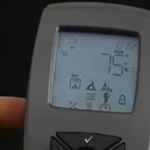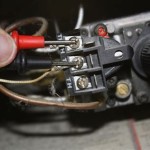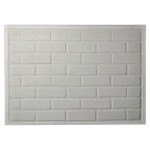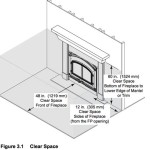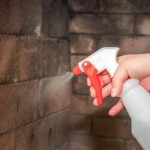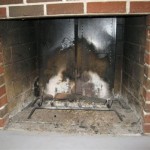Understanding the Essential Aspects of Flueless Gas Fireplace Ventilation
Incorporating a flueless gas fireplace into your home offers numerous advantages, including enhanced ambiance and efficient heating. However, proper ventilation is crucial for ensuring a safe and comfortable indoor environment. This article delves into the essential aspects of flueless gas fireplace ventilation, empowering you to make informed choices and enjoy the benefits of this captivating feature.
The Importance of Ventilation
Unlike traditional fireplaces, flueless gas fireplaces do not require a chimney for venting combustion gasses. Instead, a balanced flue system, also known as a power flue or power vent, is utilized. This system draws fresh air from outside the home, mixes it with the gas, and safely expels the resulting water vapor and carbon dioxide products of combustion to the outdoors.
Proper ventilation prevents the build-up of harmful indoor pollutants, including carbon monoxide, nitrogen dioxide, and water vapor. These substances can cause health concerns such as headaches, dizziness, nausea, and respiratory irritation if not adequately ventilated.
Balanced Flue System Components
The balanced flue system consists of two concentric pipes, an inner pipe for exhaust gases and an outer pipe for fresh air intake. A fan located at the end of the outer pipe draws in fresh air and expels combustion gasses. This constant airflow ensures that the room remains well-ventilated and free from harmful emissions.
Fresh Air Supply
To maintain proper ventilation, an adequate supply of fresh air is essential. The fresh air intake can be through an existing vent or a dedicated fresh air duct. Ensure that the vent or duct is not obstructed and that it meets the manufacturer's specifications for air intake.
Exhaust System
The exhaust system should effectively discharge combustion gasses to the outside of the home. The exhaust pipe is typically routed through an external wall or roof. It is crucial to follow the manufacturer's guidelines for pipe size, length, and termination point to ensure efficient gas removal.
Maintenance and Safety Precautions
Regular maintenance is crucial to ensure the proper functioning of the flueless gas fireplace and its ventilation system. Inspect the system periodically for blockages, leaks, or damage. Clean the fresh air intake vent and expel the exhaust pipe regularly to prevent obstructions. Have a qualified gas technician inspect the system annually to ensure safety and compliance with codes and standards.
By understanding the essential aspects of flueless gas fireplace ventilation, you can ensure a safe and comfortable living environment while enjoying the ambiance and warmth these fireplaces provide. Proper ventilation prevents the accumulation of harmful indoor pollutants, allowing you to enjoy the beauty of your fireplace without compromising indoor air quality.

Vented Vs B Vent Direct Free Dixie S

Are Vent Free Gas Fireplaces Safe Ventless

What Are The Best Ways To Vent A Gas Fireplace Zoroast

Gas Fireplaces Direct Vent Vs Free Fine Homebuilding

Vented Vs Ventless Gas Fireplace Logs
Gas Fireplace Venting Explained Heat Glo

Pinoir Granite Flueless Gas Fire Fires Superior

Flueless Gas Appliance Ventilation Part 8 Acs Revision In 10 Minutes Or Less

Blog Your Fireplace Questions Answered Regency

Elegance Brass Focal Point Fires
Related Posts

